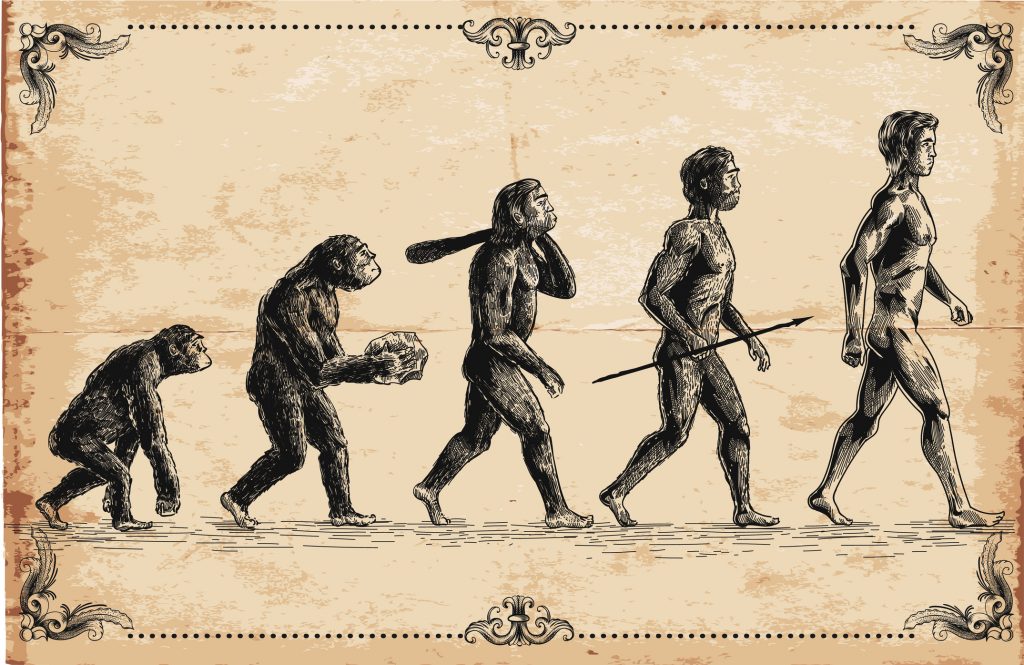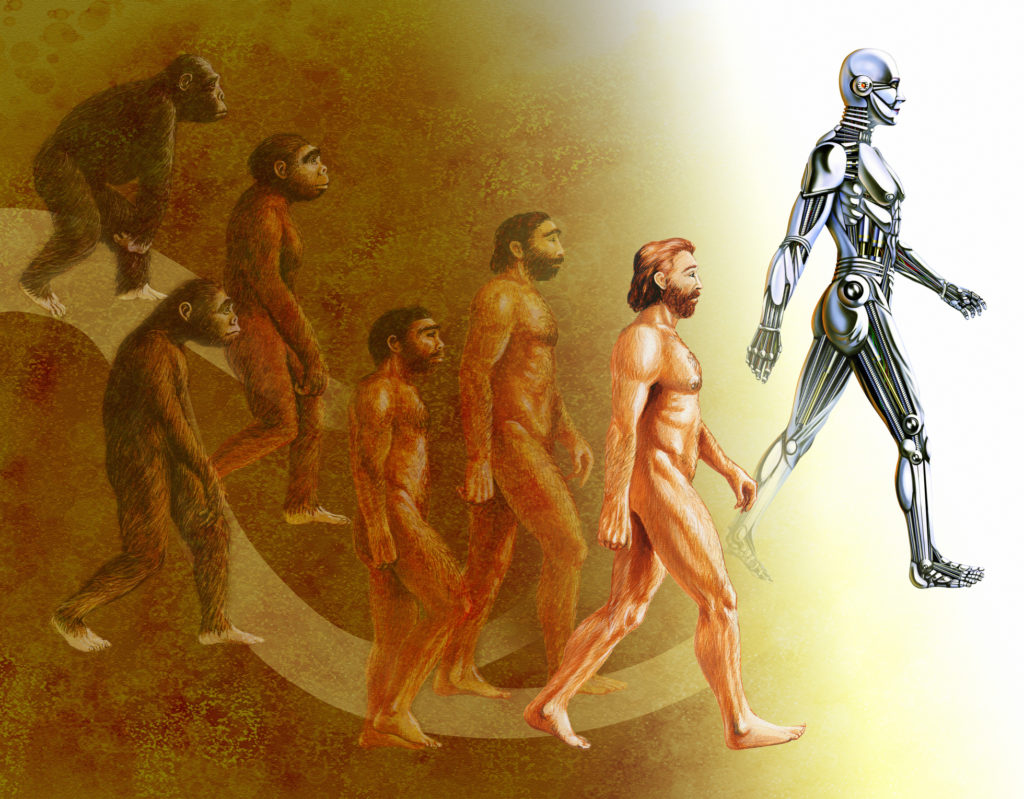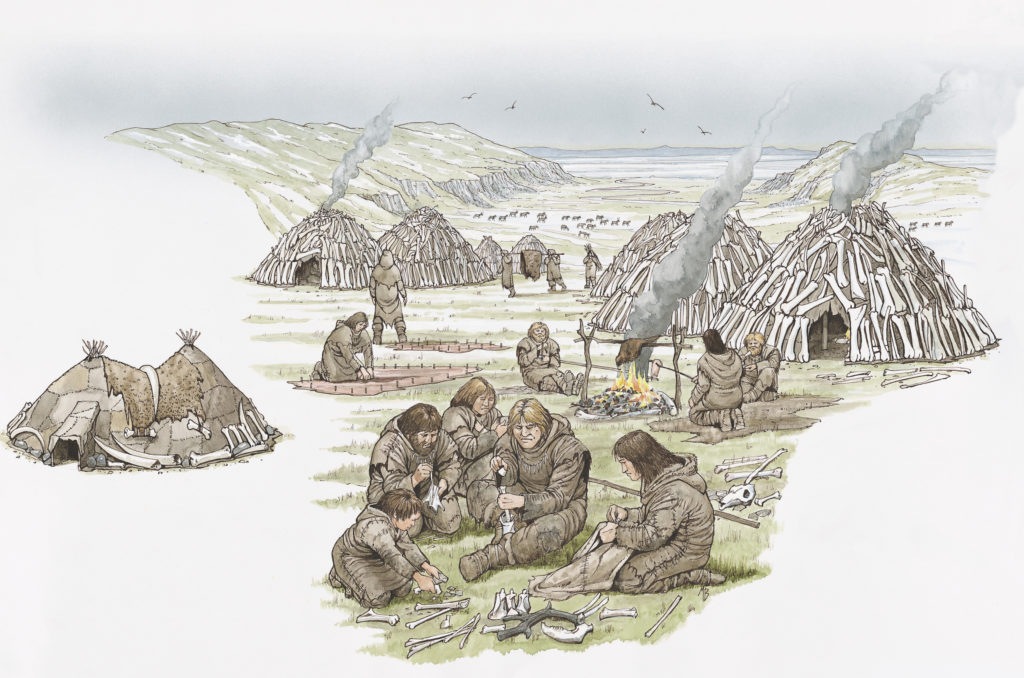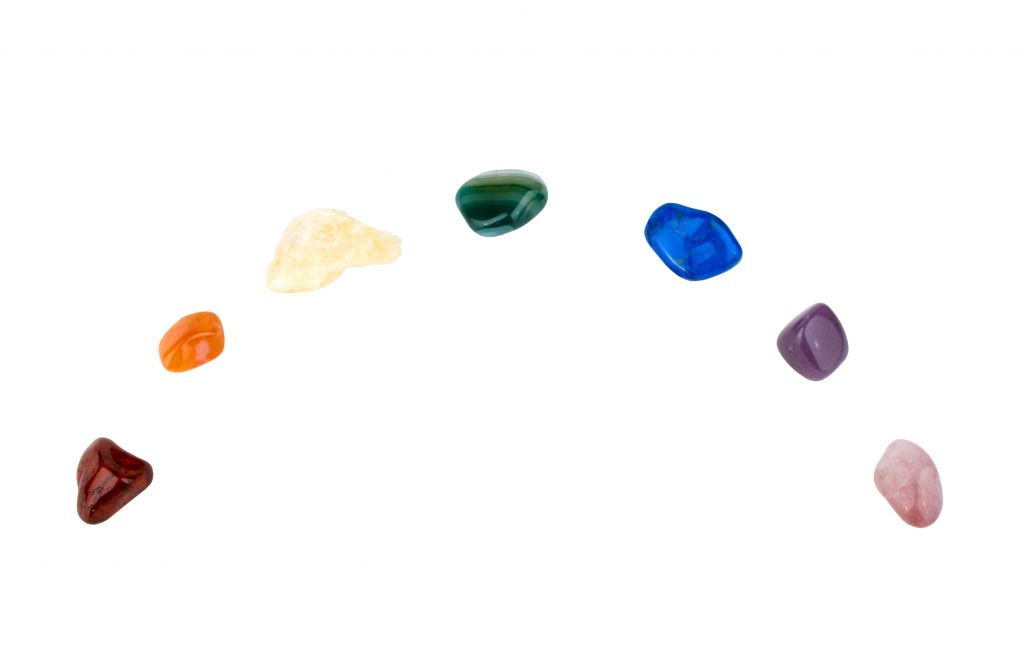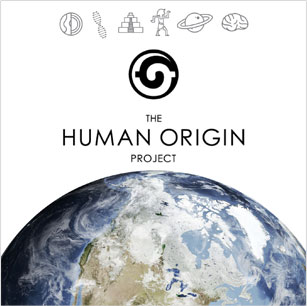Natural selection and evolution are largely accepted by the scientific community. But until the 1800s, researchers knew nothing of natural selection.
What they were aware of, though, were two other concepts that describe evolution.
These are:
- Descent with modification
- Common descent.
The first is an observable fact. Children look different from their parents and siblings. Despite being descendants of their parents, children are modified versions of them.
The common descent theory suggests that living beings on Earth all share a common ancestor. Descent with modification over numerous years has resulted in all the species variety we see. But, it’s also a theory we can’t observe. Over the years, scientists have described a model common descent. However, at the time, researchers could not fathom how random genetic changes could guide descent with modification to create species variety from a single ancestor.
Charles Darwin’s theory of natural selection changed all of that. He suggested that while random variations may have been wrought by nature, nature had also helped select organisms that were most likely to survive. Over time, organisms that do well, flourish, as do their offspring. Eventually, enough of the offspring with useful characteristics survive and alter the species as a whole.
Darwin’s belief in natural selection being an essential step for evolution has been proven, to some degree. Researchers have observed it in the lab and outside, making natural selection an observable fact. Common descent is a bit harder to prove.
How was Natural Selection Discovered?
In 1859, Darwin laid the foundation for the field of evolution when he put forward his theory of natural selection. His travels to South America and Europe aboard the H.M.S. Beagle had brought the variety of the natural world into his line of vision.
He theorized that differences in needs and responses to one’s environment led to certain traits being favored over others. This ability to adapt to one’s surroundings made one more or less likely to survive. Naturally, during reproduction, organisms with those traits outperformed those without. Gradually, such organisms flourished and evolved.
How Does Natural Selection Work?
According to Darwin, the adaptation of organisms to their environs happened through natural selection. This process arises from a random accumulation of favorable genes. The fittest individuals were those who possessed the genes needed to survive their environment.
The theory of natural selection was the crux of Darwin’s proclamations during the 19th century. Simply put, genes that increase an organism’s chances of survival are more likely to appear in a population. Eventually, genes that reduce fitness are ruled out.
A well-known example is that of the evolution of dark moths in England. Prior to the industrial revolution, a light grey moth, which was easily camouflaged between the lichen growing on trees was the most common variety in the country. But after the industrialization of the nation, pollution turned the barks of trees black, making darker moths more likely to survive scavenging birds.
Over time, natural selection made black moths a more common feature in cities as opposed to the rural areas that still bear witness to the lighter variants. Thus, environmental constraints had weeded out the “weaker” moths. “Fitter” moths that could withstand predation eventually overtook the natural population.
Natural selection vs artificial selection
While natural selection occurs well, naturally, artificial selection requires a helping hand—most often from man. The domestication of the dogs we have as pets and the crops we like to eat are a direct result of man’s interference in evolution. Humans have selectively bred many species useful to them by choosing to breed only those with traits we valued.
Horses have been bred for speed, cows for milk production, and dogs for size, cuteness or ferocity. Artificial selection has not interfered with nature in multiple ways. For example, the wild mustard of yore is the ancestor of not only the cabbage of today but also that of brussel sprouts, kale, cauliflower, and kohlrabi.
3 Requirements for Natural Selection
For natural selection to occur, certain requirements need to be met:
- Organisms within a species can differ from one to the other. These variations can include color, size, markings, etc. But other traits, say the number of chambers in a human’s heart, will remain constant within the species.
- Certain traits are heritable and passed from parent to offspring.
- Populations tend to overproduce but are kept in check by disease, famine, or other limitations. Individuals within a species must compete for resources.
Variations that help organisms adapt to their environs are retained and herited. Thus, over time, populations evolve through natural selection. Only those individuals who can adapt to their environment pass on suitable traits to their progeny and survive.
Natural selection in humans
The mechanisms of natural selection are well observed, however explaining human origins gets more complex. Historically, it was thought modern humans evolved to beat out other species. Researchers long suspected that one reason humans may have vanquished Neanderthals is because we were more adaptable. However Neanderthal DNA in modern human genes show that’s not exactly the case.
Humans have colonized the far corners of the world. These varying environments have left their mark on the human genome in the form of adaptations. Till date, close to 3000 regions associated with natural selection being identified in the human genome. These include changes in the genes that help people digest milk or acclimate to high altitudes.
One example of natural selection in humans is the skin tone gradient seen across the world. To begin with, humans were likely pale under thick fur. As we lost most of our body hair—likely to keep us cool in hot Africa—we grew darker-skinned.
Today we can explain these changes via epigenetics. A genes ability to shift its expression with environmental changes. It adds a level of complexity to ‘random’ mutations.
Melanin, the pigment in our skin kept us protected from the sun’s UV rays. Dark skin in the tropics help prevent the breakdown of folate, an important vitamin. As humans spread out of Africa, lighter skin evolved in regions of the world where sunlight is not as harsh. Light skin in the temperate zone helps in vitamin D storage.
Another example is human tolerance of lactose, the sugar in milk. When domestication had not made milk easily accessible to humans, lactose intolerance was widespread. Now, large scale dairy farming has almost led to the disappearance of this trait.
Conclusion
Natural selection in evolution is an observed phenomena. However, new advances in biological diversity and genetics, show there are still many things to learn to explain the evolution of a complex species like the human race.
Today you can still detect the vestige of these legacies in our genome.
When we consider evolution an explanation for all life on earth, it must be acknowleged that part of the theory is still being uncovered by scientists.
Further reading:
https://plato.stanford.edu/entries/natural-selection/
https://www.amazon.com/Life-Science-William-K-Purves/dp/0716798565
https://www.amazon.com/iGenetics-Molecular-Approach-Peter-Russell/dp/0321569768
https://www.amazon.com/Biology-8th-Neil-Campbell/dp/0805368442
https://academic.oup.com/nar/article/47/D1/D1080/5134333


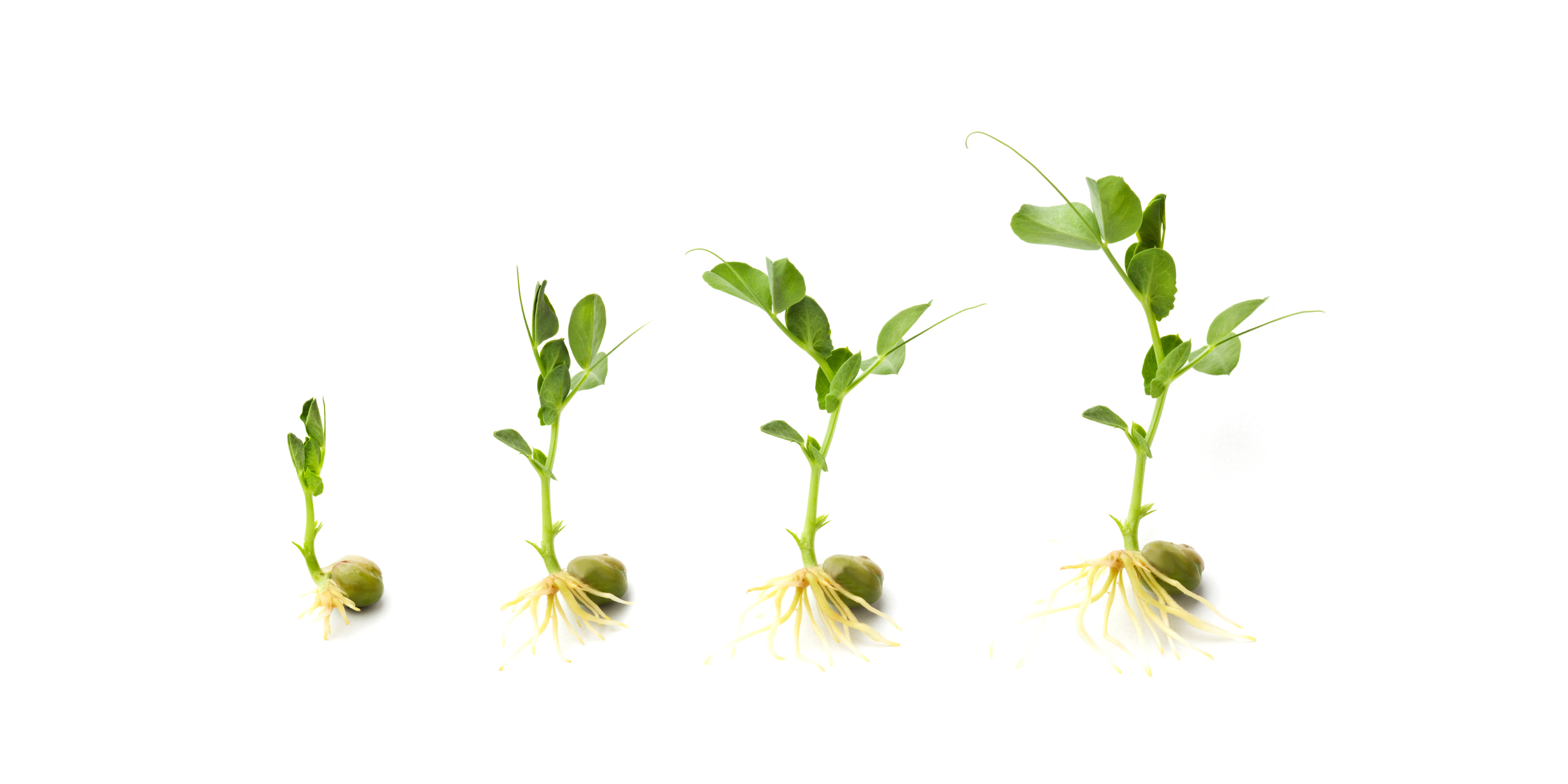 Natural selection is the evolutionary process that creates diversity in a biological population
Natural selection is the evolutionary process that creates diversity in a biological population